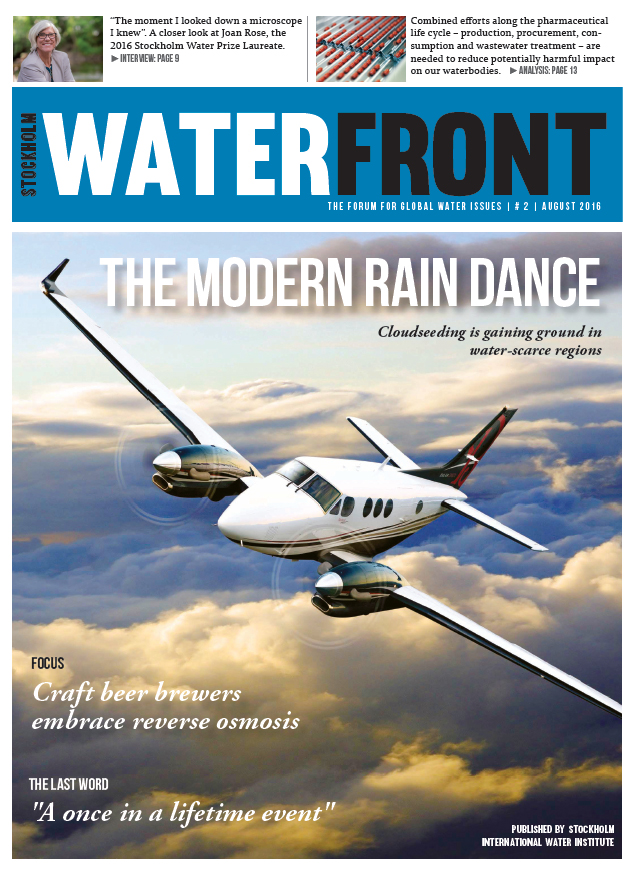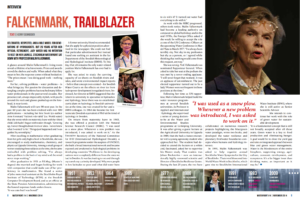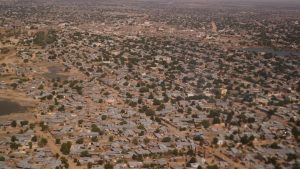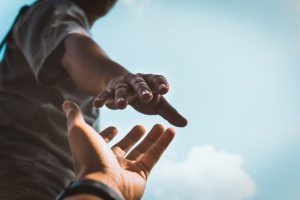Stockholm Water Front No 2 2016
Water scarcity is an often-used phrase in water-and development circles. It is not seldom used in the same sentence as drought, or climate change. Even though we in the water world know better, it risks creating a picture of a world where there is not enough water to go around. But there is.

We know that the amount of freshwater, although finite, is not the most serious problem for the next few generations. The real challenge is the increasing demand and the way we use water. To support growing economies and populations, we need plenty of water. The other challenge is governance. Properly managed and transparently distributed, the water that exists can support us all.
Summary
Water scarcity is an often-used phrase in water-and development circles. It is not seldom used in the same sentence as drought, or climate change. Even though we in the water world know better, it risks creating a picture of a world where there is not enough water to go around. But there is. We know that the amount of freshwater, although finite, is not the most serious problem for the next few generations. The real challenge is the increasing demand and the way we use water. To support growing economies and populations, we need plenty of water. The other challenge is governance. Properly managed and transparently distributed, the water that exists can support us all.
For an interesting perspective on access and demand, read this issue’s cover story about cloudseeding, The modern rain dance. In this issue we also carry an interview with the 2016 Stockholm Water Prize laureate, Joan Rose. Professor Rose has also written the Opinion piece. More craft beer brewers have embraced reverse osmosis. Together with other efforts, it has potentially large effects. This issue’s Analysis is about pharmaceuticals that enter our water bodies, and what can be done, by combining efforts along the pharmaceutical life cycle, to minimize potential risks.



